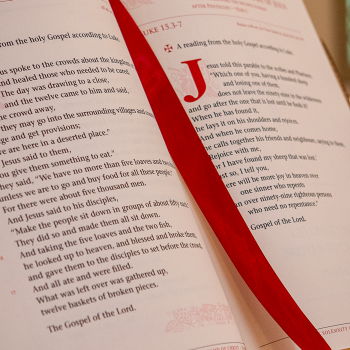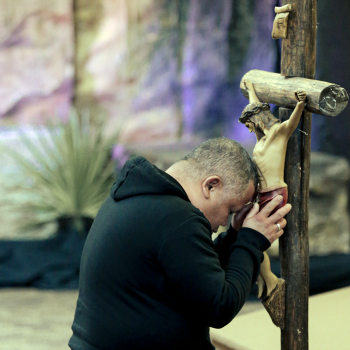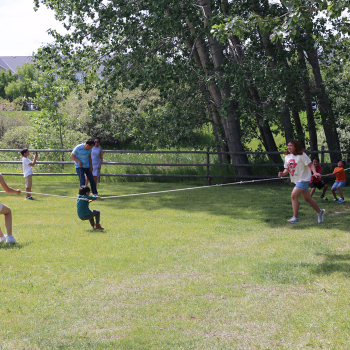Exaltation of the Holy Cross
SEPTEMBER 14
For Christians, the cross has always been sacred. As St. Paul put it, "The Greeks seek wisdom, the Jews demand signs, and we, as Christians, boast of the cross of Christ." From the very beginning, Jesus' disciples have been looking at the cross, which reminds them of the Lord, not only killed, but above all risen. The cross illustrates God's love and His saving power. It has always been a sign of consolation in distress and a longing for "being with Christ."
The Feast of the Exaltation of the Lord's Cross is celebrated by the Church on September 14. It commemorates the dedication of the Basilica of the Martyrs, also known as the Basilica of the Cross.
Before the beginning of the fourth century, Christians were not allowed to openly profess their faith, and Christianity developed in secret due to periods of bloody persecution. It was only after the Edict of Milan by Emperor Constantine in 313 that Christianity emerged publicly. Emperor Constantine's mother, St. Helena, went on a pilgrimage to Jerusalem and ordered the search for the cross on which Jesus died.
The cross was reportedly found on September 13 or 14, 326. Following this, the Basilica of the Martyrs (Martyrium) was built on Golgotha, and the Basilica of the Resurrection (Anastasis) at the site of the tomb. On September 13, 335, both basilicas were consecrated and handed over to the bishop. The next day, on September 14, the relics of the Holy Cross found a few years earlier were displayed to the public -- marking the first public adoration of the Cross.
These events are documented by the nun Egeria in her "Itinerarium Egeriae," where she mentions the dedication of both basilicas connected with the anniversary of the discovery of the relics of the Holy Cross. The Feast of the Exaltation of the Cross itself was initially introduced for churches that had relics of the Cross, and later extended to the entire Church.
In 614 A.D., the Persians invaded the Holy Land, destroying all the churches and taking away the Lord's Cross. The relics were returned after Emperor Heraclius' victory over the Persian army in 628. Legend has it that the emperor himself wanted to carry the Cross of Christ to Calvary, but could not go further than the city gates. The bishop advised him to remove his imperial robes, and barefoot, in coarse clothes, he brought the relics to the Basilica of the Cross, rebuilt after the destruction. However, it is a legend, as Cyril of Jerusalem, who died in the 4th century, mentions that at his time, the cross was divided into small relics and sent to all the surrounding churches.
The largest relic of the Holy Cross is now in the Church of St. Gudula in Brussels. In St. Peter's Basilica in Rome, the relics that the Byzantine emperors wore on their chests during the greatest celebrations are kept. Large relics are also in the Roman Basilica of the Holy Cross.
Many saints showed a special devotion to the Passion of Christ and to the Holy Cross, and some were even graced with stigmata.
Since the first century, we have seen images of the cross depicted in various forms. The oldest cross found in a house was discovered in Herculaneum, buried by the volcano Vesuvius in 79 A.D. Since the 4th century, we have seen crosses without the figure of Jesus, richly decorated with precious stones. Realistic depictions of the scenes of Jesus' death on the cross have been made since the twelfth century. For Christians, the cross of Christ should be a sign of testimony and a confession of faith, rather than simply an element of interior decoration or personal jewelry.
_small.gif)



